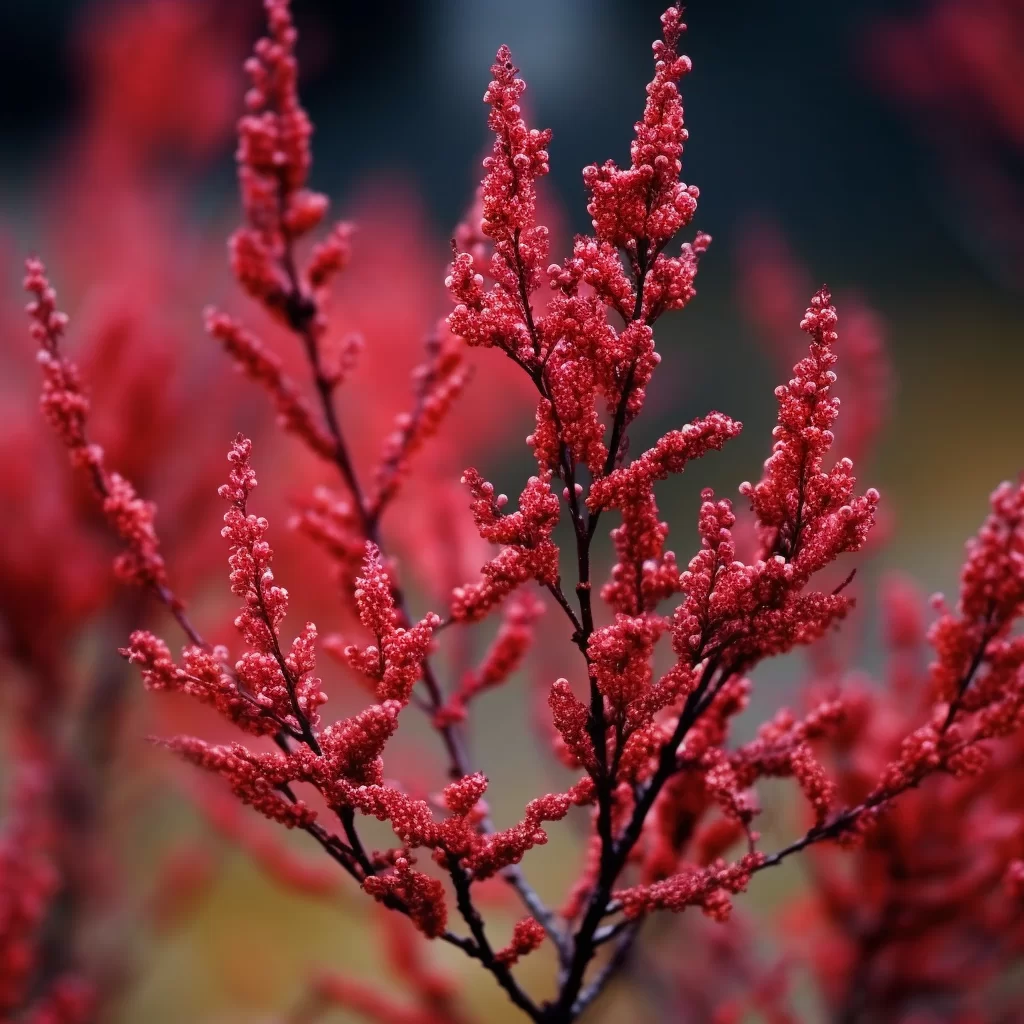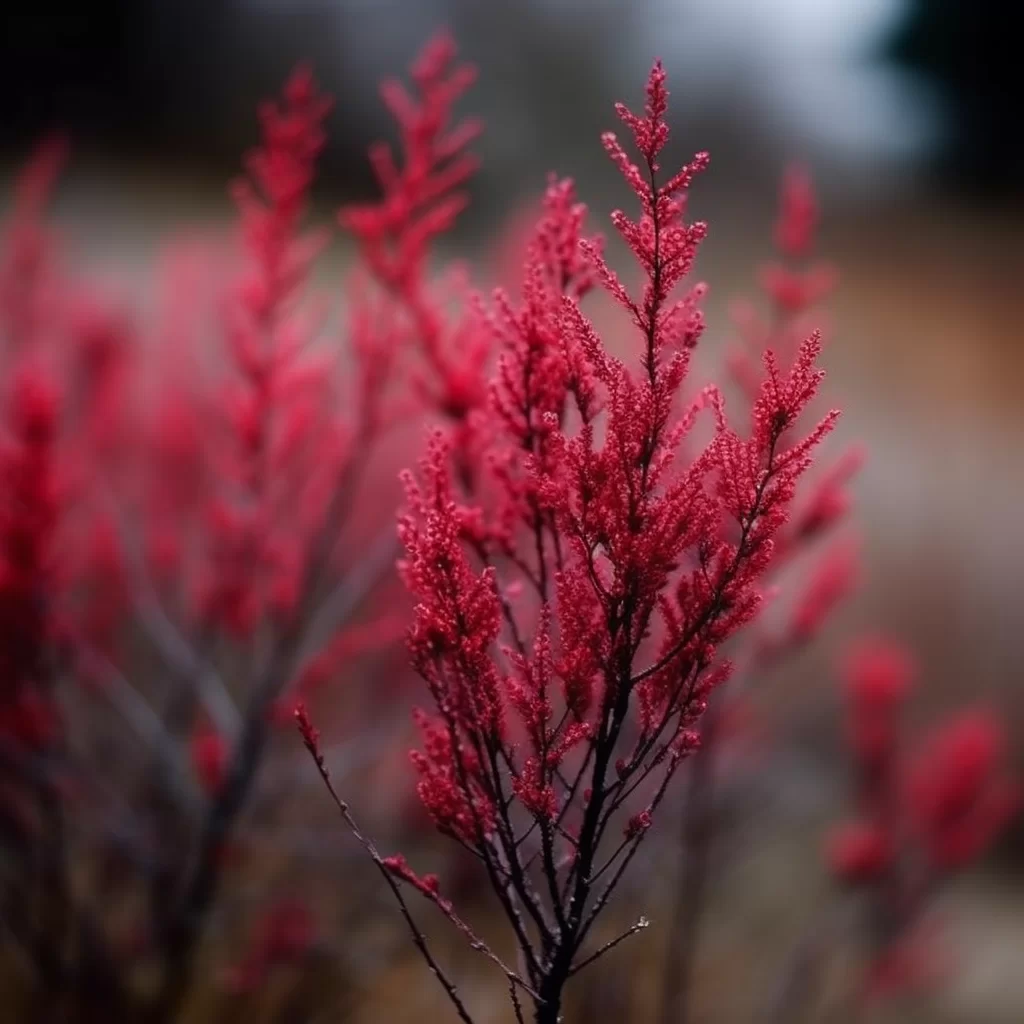Story of Day :
Contents
The Ninebark Plant: A Complete Guide and Care Tips for Your Garden
As gardeners, we are always on the lookout for plants that offer both beauty and practicality.
Enter the ninebark plant – a hardy shrub that’s easy to grow and maintain.
In this complete guide, we’ll explore everything you need to know about this wonderful addition to your garden.
What is a Ninebark Plant?
The ninebark plant (Physocarpus opulifolius) is a deciduous shrub native to North America.
It gets its name from its peeling bark, which reveals layers of different colors underneath.
These can range from green or yellow-brown to red or dark brown.
Ninebarks have relatively small leaves (about 3-5 inches long), which turn green in summer before changing into shades of orange, yellow, or red in fall.
They produce clusters of small white or pink flowers in early summer that develop into reddish berries by late summer.
Why Should You Grow Ninebarks?
- Ninebarks are very versatile; they can be grown as specimen plants, hedges, screens, or foundation plantings.
- They are low-maintenance and require minimal pruning.
- Their attractive foliage provides visual interest throughout the growing season.
- Their peeling bark adds winter interest and texture to your landscape design.

Planting Your Nineback
Ninebacks thrive in full sun but will tolerate partial shade.
They prefer well-drained soil but will also grow in clay soil if it’s not too wet.
Before planting your nineback:
- Dig a hole twice as wide and as deep as the plant’s root ball.
- Loosen the soil in the bottom of the hole with a garden fork.
- Add compost or other organic matter to improve soil fertility and drainage.
- Place your nineback in the hole, making sure that its root flare (where its roots meet its stem) is level with or slightly above ground level.
Backfill around your nineback with soil and tamp it down gently.
Water thoroughly to settle the soil and help your plant establish roots.
Mulch around your plant to retain moisture, suppress weeds, and keep roots cool during hot weather.
Caring for Your Nineback
- Water regularly during dry spells; aim for one inch of water per week, either through rainfall or supplemental watering.
- Fertilize once a year in early spring before new growth begins.
Use a balanced fertilizer like 10-10-10 at a rate of one pound per hundred square feet of planting area.

Pest Control
Ninebarks are relatively pest-free but can be vulnerable to spider mites if they’re stressed by drought or excessive heat.
If you notice fine webbing on leaves or yellow stippling between veins, hose down your plants regularly with water to discourage spider mites from settling in.
You can also use insecticidal soap according to label directions if necessary.
Disease Control
Ninebarks are susceptible to powdery mildew, especially when grown in humid conditions without adequate air circulation.
To prevent powdery mildew:
- Avoid wetting foliage when watering; aim for watering at ground level instead.
- Space plants properly to allow for good air circulation.
- Remove and destroy any infected leaves or stems promptly.
- Spray with a fungicide according to label directions if necessary.
Conclusion
Ninebarks are a valuable addition to any garden, offering year-round interest and requiring minimal care.
With their attractive foliage, peeling bark, and low-maintenance nature, they’re the perfect choice for busy gardeners who want beauty without fuss.
Follow these simple guidelines for planting and caring for your nineback, and you’ll enjoy many years of pleasure from this versatile shrub.
